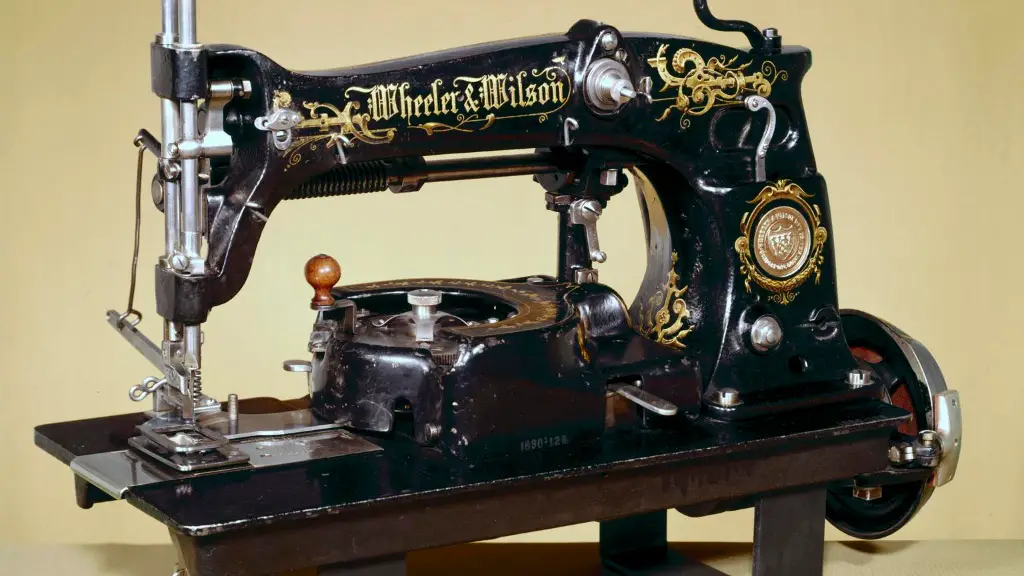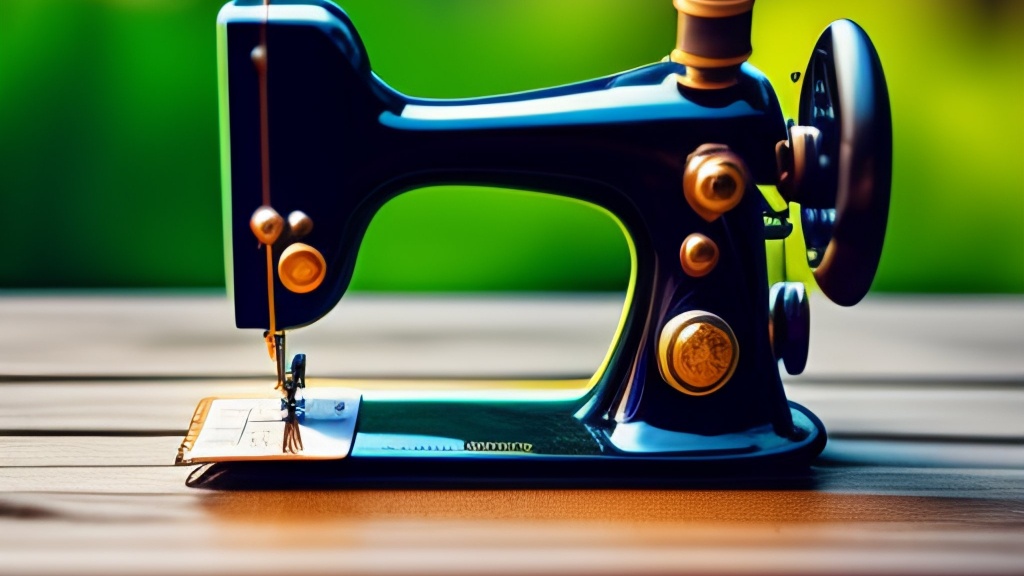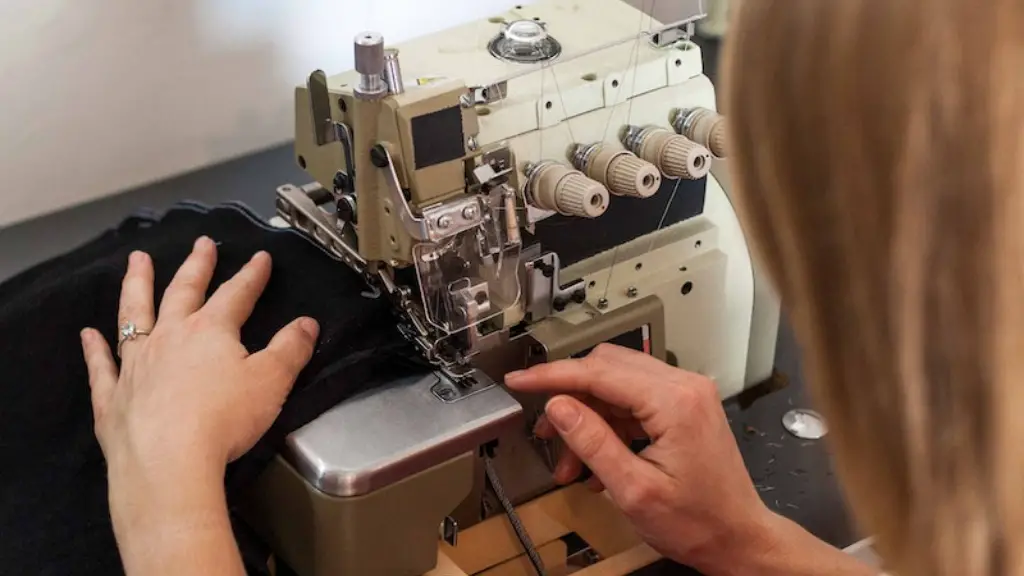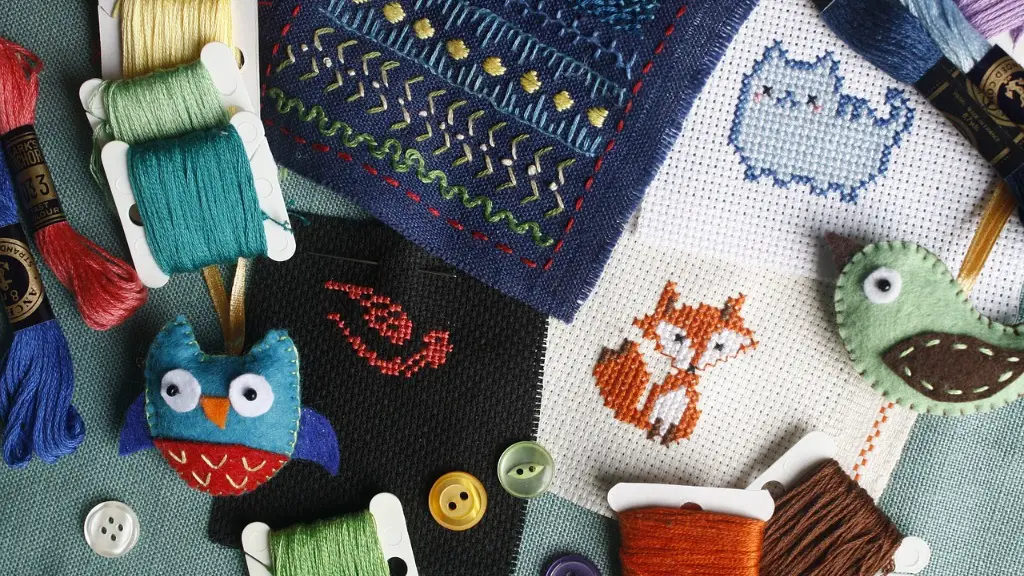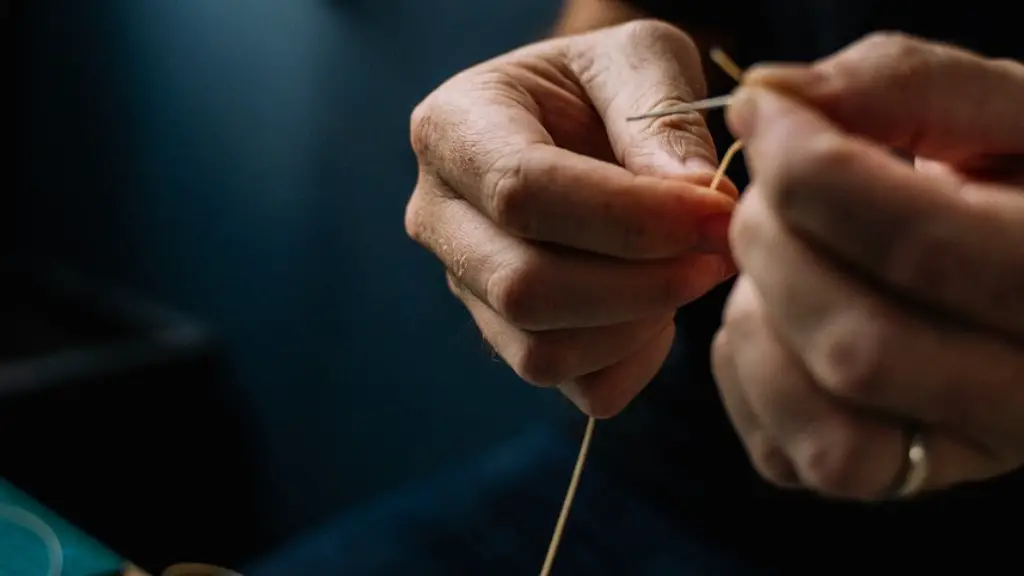Maintenance and Preparation
Industrial sewing machines are quite different from common sewing machines that one can find in a home. They can do a lot of heavy-duty tasks, are much faster than regular machines and are an investment that could benefit a business significantly. To secure a reliable and long-term use of the industrial machine, it is critical to ensure that it is correctly set up and correctly maintained.
Before it is all set up, it must be properly lubricated and cleaned. This is essential to guarantee that it works correctly and operates efficiently. If any dust appears, it should be eliminated none. Any extra thread from the bobbin spool must also be removed. To secure proper lubrication of the machine, a lubrication chart must be consulted for the parts that need lubrication. It is important to observe the type of lubrication and amount recommended for the machine.
Installation of a Power Presser Foot and Pick Up Device
The power presser foot is a necessary part of an industrial sewing machine. It is used for fabric feeding and can help to keep the fabric stable and less slippery which improves control. It helps with the precision control and the machine can only be advanced with the presser foot. A mini pick-up device must also be installed to carefully position the fabric before sewing.
Changing to a Different Stitch
Changing the stitching configuration is another vital step in setting up an industrial sewing machine. It depends on the type of stitch being used. Before attempting to make any change, the machine must be preset to the new stitch. It is different for lock stitch machines, cover stitch machines, bartacking machines, and other types of machines.
Adjusting The Needles
Correctly positioning the needles is essential for the precision of the work. If incorrectly installed, the needle may cause problems with the stitch or it could break during use. To adjust the needle, the size of the needle should be suitable to the thread being used. By turning the needle, it can be moved to the desired position and it should be tightened or loosened properly.
Threading and Tension Tests
The threading is another key step when it comes to setting up an industrial sewing machine. To set it up, the thread should be passed through the guides, tensions and the needle, making sure that everything is adjusted according to the required requirements. While it is being threaded, a tension test should be made.
Testing the Foot Pedal and Urns The Machine On
It is important to make sure the foot pedal is programmed correctly to ensure the machine runs when the pedal is pressed. Once the pedal works, it is time to turn the machine on and check if all the settings are correct.
Review
Finally, to check if the machine is properly set up, it should be tested with a piece of scrap fabric. If the process is correctly followed and the fabric test is successful, the machine is correctly set up and ready to start its job.
Safety
Safety is especially important when working with industrial sewing machines. Proper handling and precautionary measures must be taken to protect the handler and others. Protective clothing should be worn and an emergency stop button should be easily accessible.
Upkeep and Maintenance
Keeping the machine in good condition is the best way to ensure a smooth running operation. All parts should be periodically checked for safety, functionality and wear and tear. This should also include lubrication, cleaning and tension tests. Professional technicians should be contacted for maintenance purposes.
The Benefits of Advanced Technology
Industrial machines can be upgraded with more advanced technology for more complex tasks than the traditional machines. Upgrading to new technologies, such as automatic stop and start and thread cutting, can increase productivity, accuracy and overall efficiency.
Choosing the Right Materials
When selecting from different types of thread and fabrics, the strength of the material should be taken into consideration. It is necessary that the thread and fabric have the proper tension and durability. Selecting the right material will make the sewing process faster and smoother.
Professionals and Quality Assurance
For the best results and to ensure a satisfactory working machine, it is recommended to hire a professional machine operator. This will minimize the possibility of mistakes and guarantee good quality results. An experienced technician should be sought to provide the service and proper quality assurance.
Budget
When setting up an industrial machine an adequate budget should be established. This must include the purchase of the machine, installation, maintenance, and the price of materials. In addition, the cost of training must be taken into consideration, as well as the cost of insurance for the machine and the premises where it will be used.
Software and Technology
Industrial machines may be upgraded with software solutions to improve quality and efficiency. This could include the use of barcode scanners and software programs that collect data from the machine. This type of technology can improve accuracy, speed and traceability.
Digitalization
Today, most industrial machines are capable of connecting to the internet and being managed remotely. This can improve the overall productivity and accuracy of the process, as well as reducing the risk of operator errors. Smartphones and other digital devices can also be used to monitor the machine’s performance and make adjustments as necessary.
Market Research
Before the purchase of an industrial machine, conducting proper market research is essential. Research should focus on the types of machines available, their prices, features, quality, and reputation. It is also important to consider such factors as the cost of materials and downtime when making a decision.
Machine Selection
Selecting the correct machine for the activity is essential to guarantee the desired results. Even though industrial machines come with basic settings and features, some may be better suited to certain tasks than others. Factors such as speed and durability should also be considered when making a decision.
